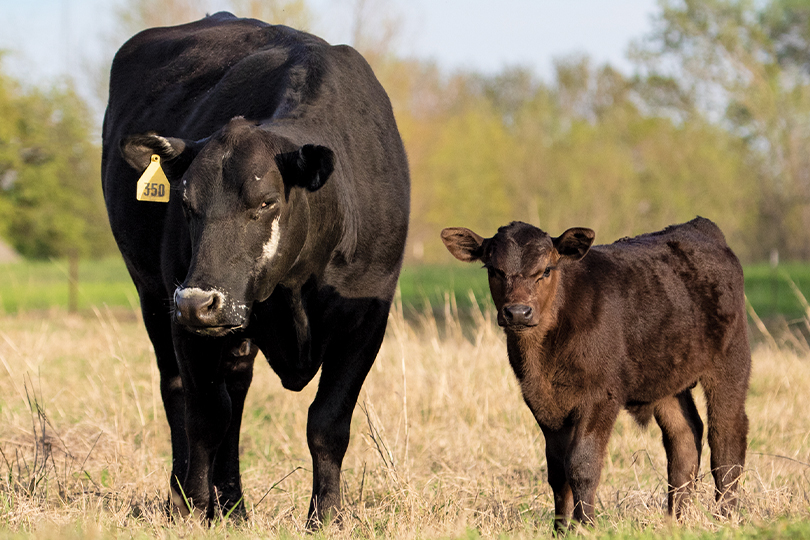By Julie Tomascik
Editor
Higher prices and profitability are forecast for cattle producers as the industry enters the year with the smallest cattle inventory since 2014.
And that’s what cow-calf producers need if the beef industry hopes to be sustainable, Chief Executive Officer of CattleFax Randy Blach said.
“A more profitable cow-calf sector will mean more sustainability and health for the overall industry,” Blach told attendees at the National Cattlemen’s Beef Association annual meeting in February. “Think about the word ‘sustainable.’ It starts with profitability, being socially and environmentally responsible and on target.”
Some drought relief is expected to translate to moderate feed costs and help ranchers maintain and begin rebuilding herds.
“Drought affected nearly half of the beef cow herd over the last year, exacerbating the liquidation in 2022. Drought improvement and higher cattle prices should drastically slow beef cow culling through 2023,” Kevin Good, vice president of Industry Relations and Analysis at CattleFax, said.
Market forecast
The forecast for feeder cattle and calf supplies outside of feedyards will be 400,000 to 450,000 head smaller than 2022 at 25.1 million. After being full for most of the past three years, cattle on feed inventories were expected to begin 2023 at 300,000 to 400,000 head below last year, at 14.3 million head, and remain smaller. Commercial fed slaughter in 2023 is forecast to decline by 750,000 to 800,000 to 25.6 million head.
“With drought forced placement and culling, beef production was record large in 2022 at 28.3 billion pounds. Expect production to drop over the next several years—declining 4% to 5% in 2023 to 27 billion pounds,” Good said. “The decline in production in 2023 will lead to a 2.2-pound decline in net beef supply to 57 pounds per person.”
The CattleFax forecast has the average 2023 fed steer price at $158/cwt, up $13/cwt from 2022, with a range of $150 to $172/cwt throughout the year.
All cattle classes are expected to trade higher, and prices are expected to continue to trend upward.
The price for an 800-pound steer is forecast to average $195/cwt, with a range of $175 to $215. For a 500-pound steer, the average is forecast at $225/cwt, with a range from $200 to $250. And on utility cows, the average will be $100/cwt, with a range from $75 to $115.
Cautiously optimistic
But Blach also offered words of caution during his February presentation.
“With these kind of supply shocks that we are going to put into the market over the course of the next three to four years, we’re going to see unprecedented volatility,” he said.
And tighter supplies will present challenges for packing plants that have announced plans for construction. A 4 million head reduction in total cattle slaughter is expected into 2025 and 2026.
“That’s not going to be the most ideal timing for some of that capacity to come online,” Blach said.
Economic factors
Inflation, rising interest rates and general economic uncertainty will continue to affect consumer purchasing decisions.
Although beef demand has softened, Good noted it remains historically strong and consumers have shown a willingness to buy beef in a new and higher range.
He anticipates the 2023 USDA All-Fresh Retail Beef prices to average $7.35/pound, up 4 cents from 2022.
Wholesale beef demand will appear to be softer because prices won’t go up at the same rate of inflation despite tighter supplies. CattleFax forecasts the cutout value to move higher to average $270/cwt for the year.
Global demand for beef rose more than 20% over the last two years, but beef exports are expected to decline slightly this year to 3.5 billion pounds. That’s a 3% drop from the previous year.
For beef exports, Japan and South Korea remain the top destinations, and Chinese demand has continued to grow.
In summary
The fundamental elements are set to show a shift in market leverage and profitability for cow-calf ranchers.
Expected improvement in weather, tight cattle supplies and strong demand will set the stage for a positive outlook this year, CattleFax noted.

